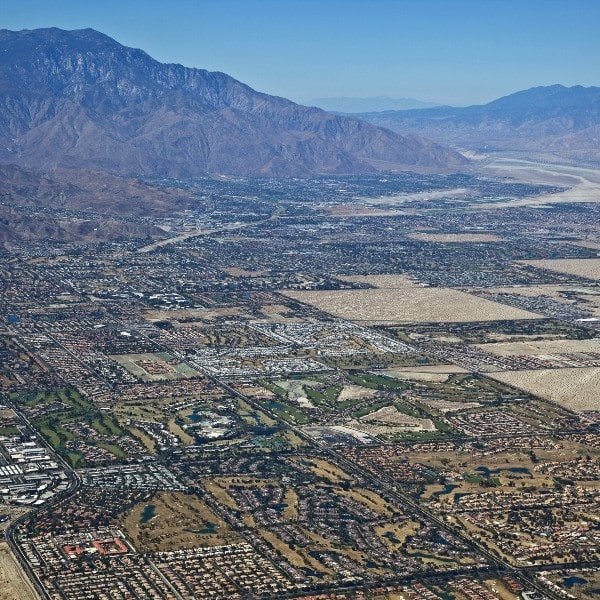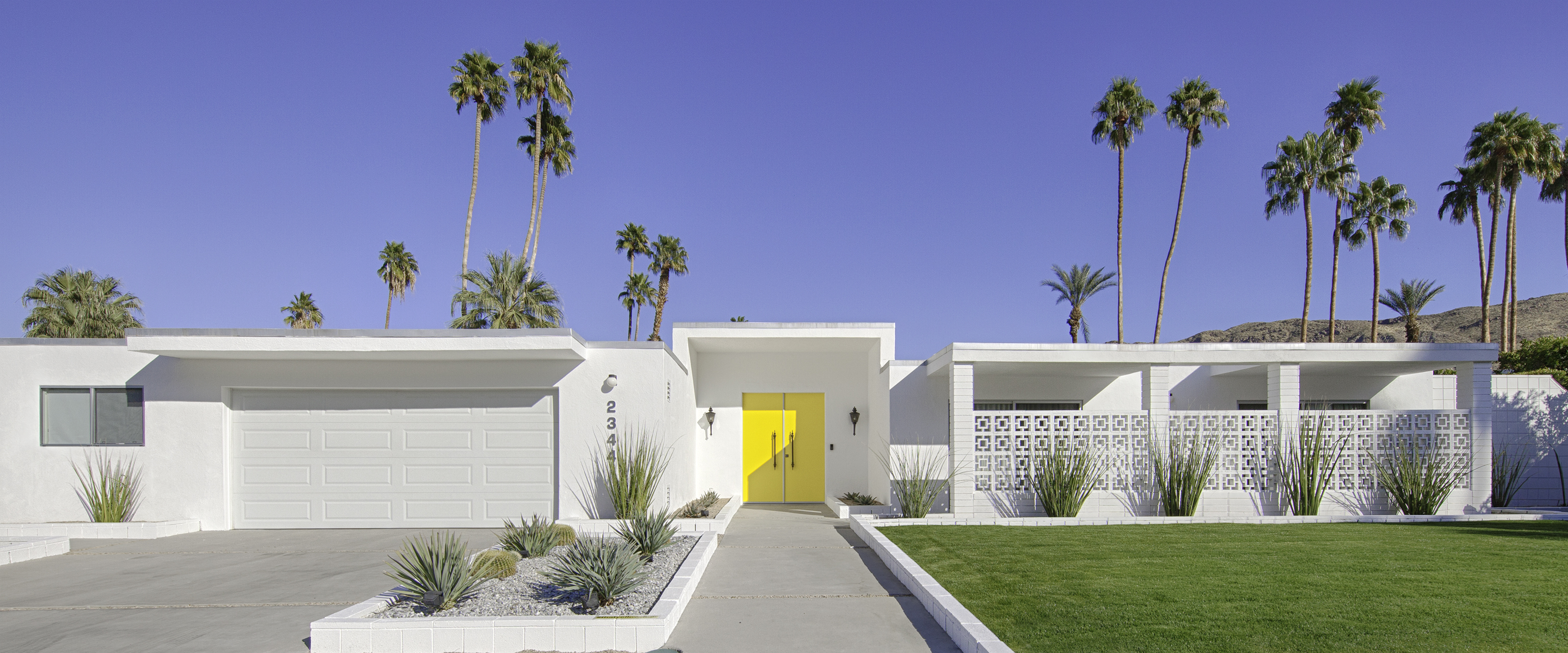
If you’re in the Palm Springs real estate market, navigating the complexities of fee land can seem overwhelming.
To help you better understand this complex subject, we’ll be breaking it down with a simple explanation of fee land as it compares to lease land and what these two ways of owning property in the Palm Springs area could mean for you.
Palm Springs Fee Land History
To understand the nuances of why these two ways of owning land in Palm Springs exist, a quick look back at the area's history will help.
In the late 19th century, when the American government was dividing up the land, they created a checkerboard pattern of one square mile patches of land in which every other square was owned by the Agua Caliente band of Cahuilla Indians, and the rest was given to the Southern Pacific Railroad Company.
A little less than a century later, in 1959, the Agua Caliente band began leasing their combined 52,000 acres of land at a preferred lease term of 65 years.
This land became known in Palm Springs as lease land, as opposed to the more familiar fee land, where homeowners become the landowners after purchasing it.
Fee Land vs Lease Land
So, what are the pros and cons of the two types of land ownership?
While owning your property on fee land may seem better, this is not always the case.
Lease land has many benefits, including its considerable value over fee land.
This is because the value of homes and properties on lease land tends to cost less. After all, residents pay lease payments rather than fee land, where you often pay more because you are paying for the land and the house.
In Palm Springs, the BIA (Bureau of Indian Affairs) deals with the leases, ensuring they are taken care of as you purchase your lease.
Because of this system, uncertainty is always a factor in leasing land, as there is a small chance that the family or families owning the land will decide not to renew the lease.
However, this is historically uncommon, as it's in the best interest of the BIA to keep these leases renewed as they profit from the system currently in place. Because of this, leases are usually renegotiated at a certain point long before this happens.
Mortgage Length on Lease Land
Since lease land has a termination date, mortgages on the property must end five to six years before the lease on the land expires.
For example, a 30-year mortgage will only be available for a lease property with more than 35 years left.
As the lease length shortens, the BIA tends to work with homeowners to renew the lease, driving term lengths back up and potential buyers interested in the property.
Which Type of Ownership is Preferred?
Due to the complex and unique nature of both types of property, it’s dependent on what you’re looking for.
If you’d prefer the probability of paying less overall for your house with the small risk of moving if the BIA doesn’t renew your lease, lease land is the way to go.
If owning your land is important to you despite the cost, fee land could be your best option.
Are you interested in purchasing fee or lease land? Contact Geoffrey Moore today to discuss what options are best for you.
Posted by Geoffrey Moore on

Leave A Comment